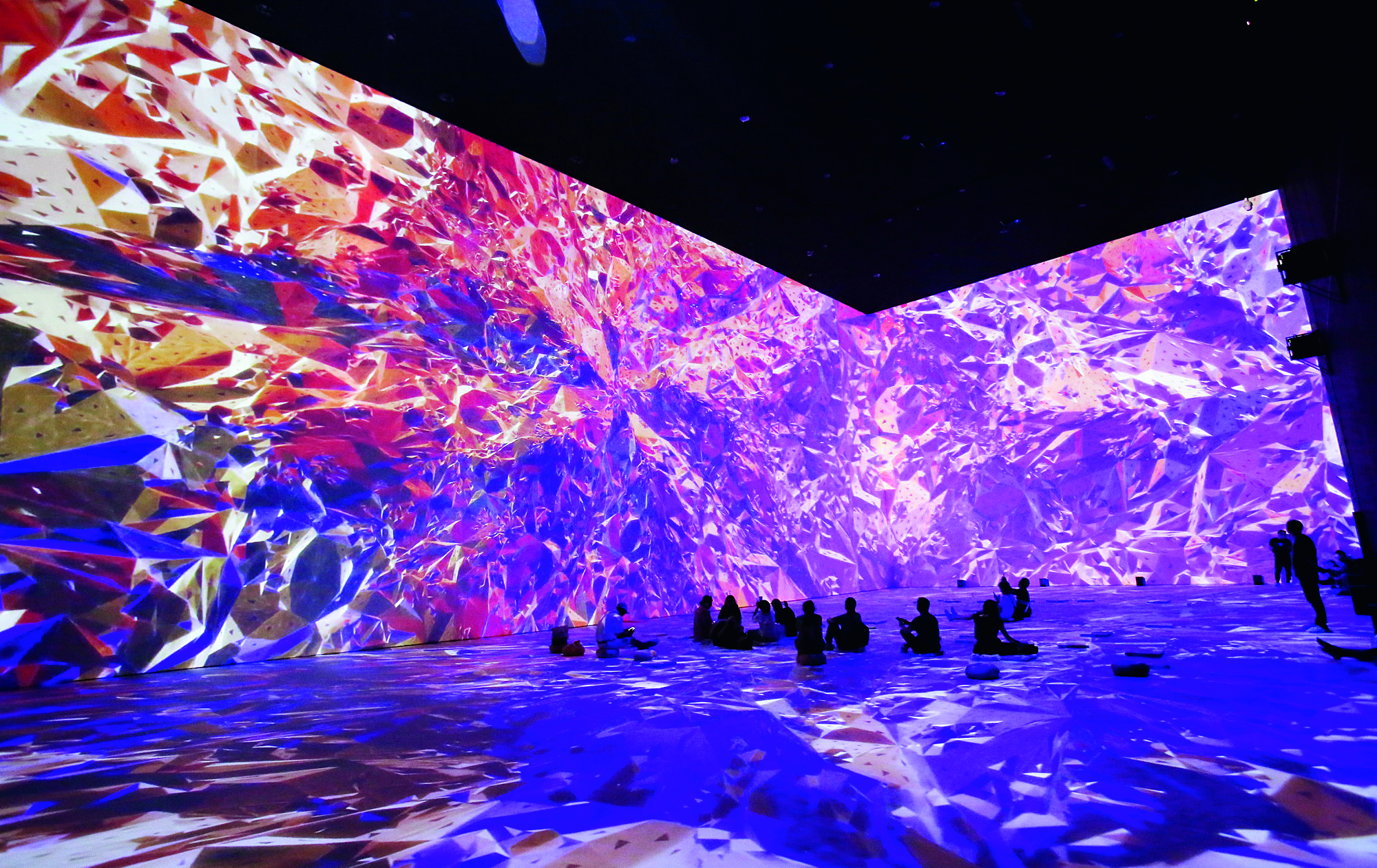Art Museums of Tomorrow

The future could be a specific year or an unknown dream, and the future of art could feature Utopian colors or be sated with indefinite imagination. To better display works of art, future art museums should be able to display the freest minds. The internet and the virtual world have transformed public spaces, resulting in the emergence of uncontained museums.
As early as 1974, the International Council of Museums defined “museum” as a permanent non-profit organization opened to the public that aims to serve society and its development. It pointed to missions of research, education and appreciation, designating museums responsible for collecting, preserving, studying, spreading and displaying the fruits of human civilization. Thanks to digitalization and cloud technology, future museums can easily preserve the structure of physical works of art as they are merged into virtual space, where more of the public can be afforded the time and space to enjoy these fruits. The function and duty of future museums cannot change greatly, but the works exhibited as well as the audience will be completely different. Future museums will combine reality and the virtual world, enhancing the functions related to research, display and education.
After entering the era of digitization and virtualization, discussions of future art have become more confusing. “Art is becoming more and more scientific, and science is becoming more and more artistic,” declared French writer Gustave Flaubert in the 19th century. “The two depart at the mountain’s foot, and one day they will reunite on the top of the mountain.” With the application of digital language and new methods to spread information, the popularity of the internet and the emergence of new media art, traditional lifestyles and modes of artistic creation have changed dramatically. Due to tremendous developments in science and technology, methods of displaying and spreading art creations are certain to evolve. Since the turn of the 20th century, art theory has been evolving steadily along with progress in scientific development, resulting in constantly renovated public understanding of art. Continuous technological innovation feeds artists a steady stream of inspiration and creativity. Traditional art forms and artistic creation methods have been impacted in an unprecedented manner, and new art categories and artistic styles are emerging almost with each passing day. From performance art to audio art, video art, lighting art and even virtual art employing cutting-edge technology, art has already transcended the “materialization” age, and its boundaries continue to expand.
The “virtual experience” approach will be the biggest challenge for museums of the future. The new technological revolution will herald a huge transformation in the way people read and experience the physical space. As the audience gradually adapts to the changing modes of new media, artists are looking for new ways to express ideas and establish communication through new media. Greater interaction with the audience seems inevitable. The first movers have deployed technologies such as AR and VR, but regardless of technology, the purpose remains to free the audience from a one-way viewing relationship between them and the art. Artists are endeavoring to have their works felt from three perspectives—physical, virtual and interactive—to enable each patron to gain a deeper understanding.
The uniqueness of “virtual experience” is that it presents known experience alongside unknown experience in an invisible public domain woven by the internet and mobile terminals. By focusing on the habits of users in the virtual environment, operators will improve the exhibitions, educational abilities, entertainment value and research power of brick-and-mortar art museums as they promote physical, virtual and interactive relationships with the audience to move past the old curating and displaying system. The emerging advantage of “virtual experience” has already achieved wide acceptance, but there remains a long way to go for affected artists and galleries alike.
The author is a postdoctoral fellow at Peking University and curator of Today Art Museum.